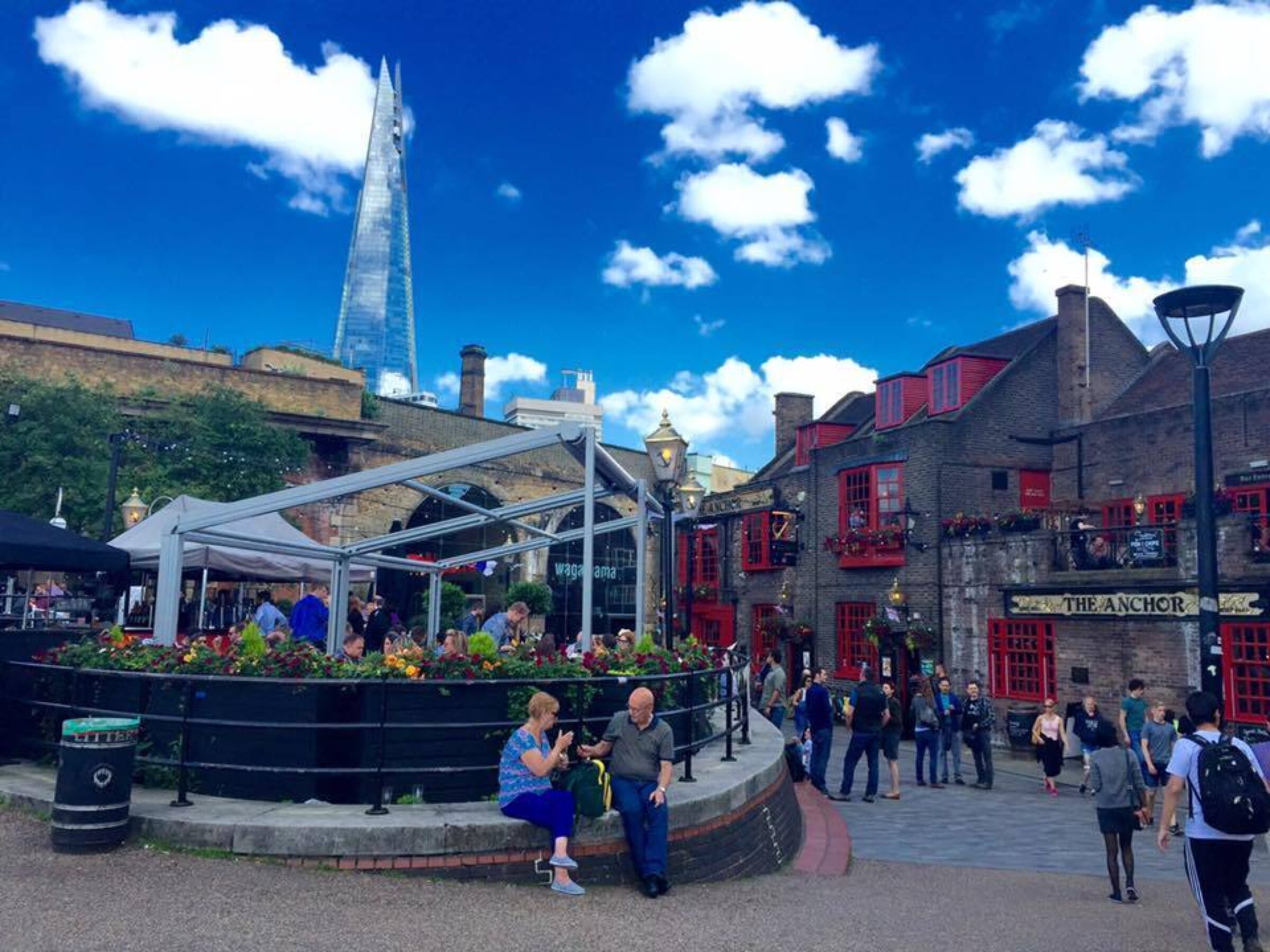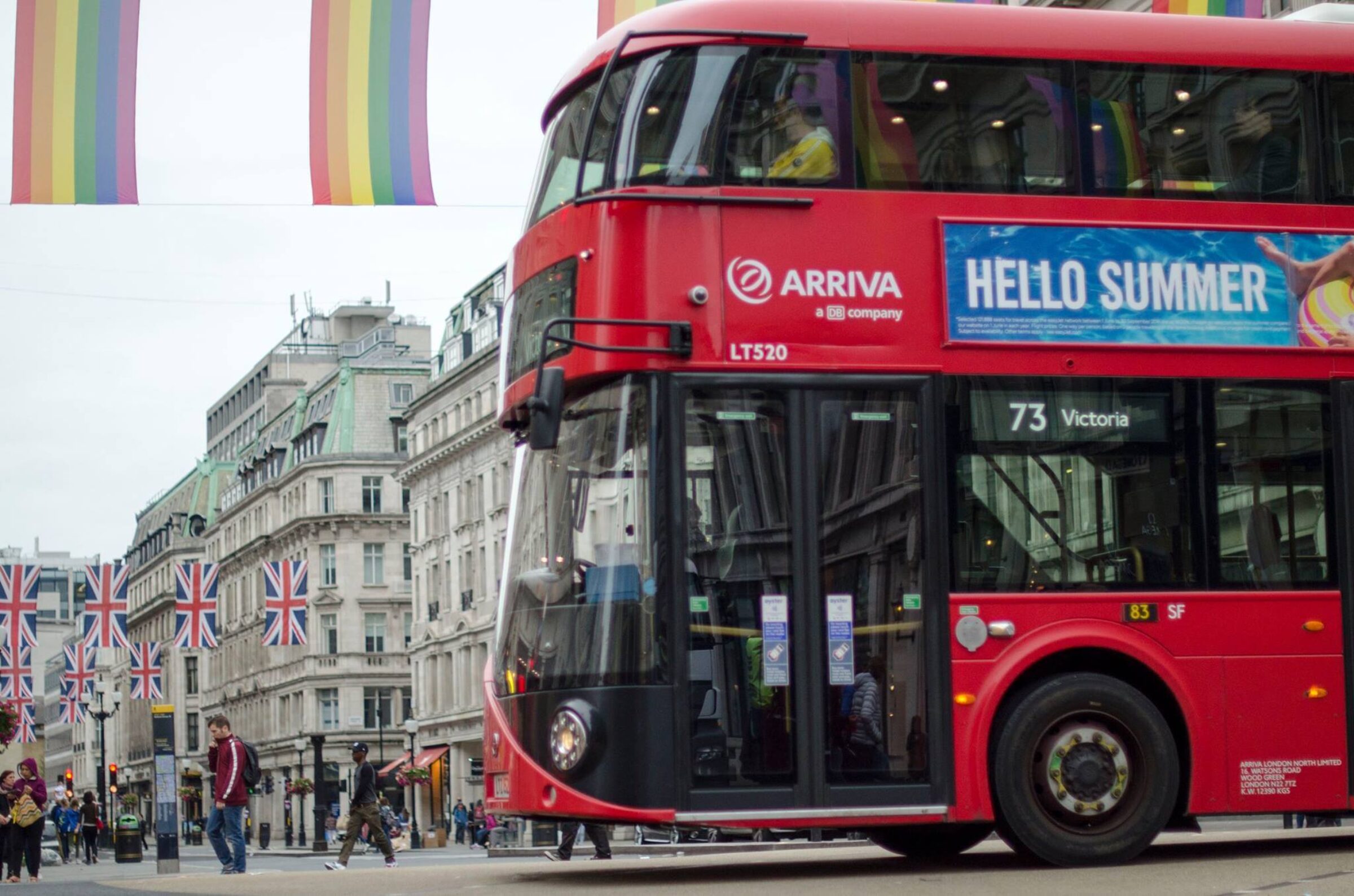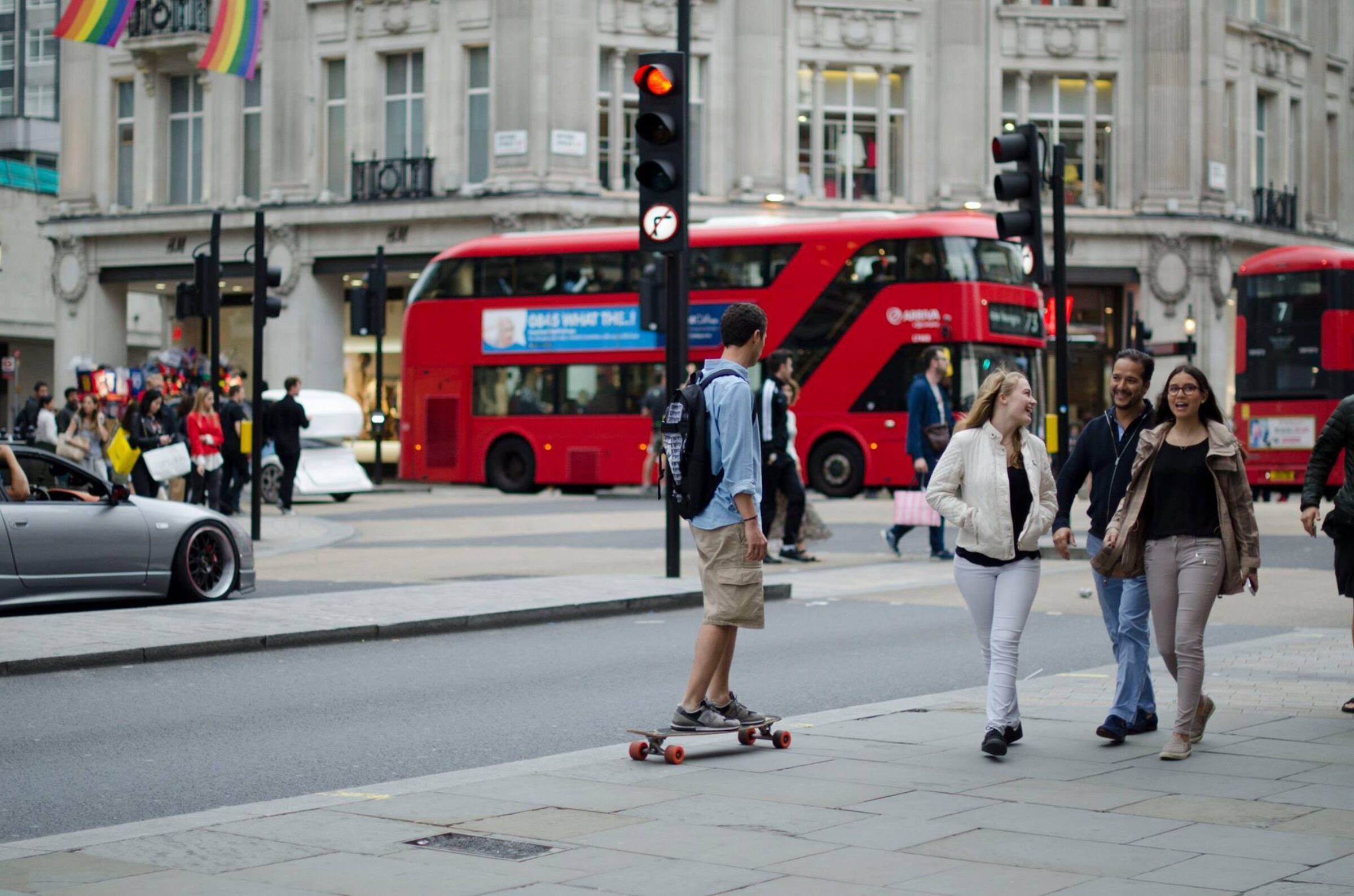How do you say hello in British? If you’re learning English, it’s important to understand the different greetings used in the UK, as they can vary depending on the context and the relationships between the speakers. In this post, we’ll explore the various ways to say hello in British English, from the basic options to the more complex. So, let’s get started!
The Basics: Hello and Hi
If you’re learning how to say hello in British, then the most common and straightforward way to say hello in British English is to simply say ‘hello’ or ‘hi’. These are universal greetings that can be used in almost any situation, both formal and informal. If you are not sure which one to use, ‘hello’ is a bit more formal, while ‘hi’ is more casual.
When using ‘hello’ or ‘hi’, you can also add the person’s name or title to make the greeting more personal. For example, ‘Hello, James’ or ‘Hi, Mrs Smith’. This is particularly useful for business or academic settings, where showing respect and professionalism is important.
Another variation on ‘hi’ that you can use is ‘hey’. This is a more informal greeting that is often used between friends and acquaintances. However, you may also want to use it in a more professional context if you are trying to be approachable and friendly.
Formal Greetings: Good Morning, Good Afternoon, and Good Evening
Are you wondering how to say hello in British English more formally? If you want to sound a bit more polite and formal, you can use ‘good morning’, ‘good afternoon’, and ‘good evening’, depending on the time of day that you are greeting the person. These greetings are particularly useful in business or other professional settings as they can be a simple yet effective way to show respect and politeness to the person you’re speaking with.
‘Good morning’ is generally used before noon, ‘good afternoon’ is used from noon until evening, and ‘good evening’ is used after dark. It’s also worth noting that in casual conversation, these greetings are often shortened to ‘morning’, ‘afternoon’, or ‘evening’.
Like with ‘hello’ or ‘hi’, it’s also a good idea to add a person’s name or title to this greeting if you are using it formally. This can be an ideal way to show that you are paying attention to the person you are speaking with and are interested in establishing a respectful relationship.
Regional Variations: Hullo, Hiya, and More
Along with the standard greetings we’ve covered so far, there are also some regional variations on the British way of saying hello. These can vary depending on where you are in the UK and can add some local flavour to your conversations.
For example, in Scotland, you might hear people say ‘hiya’ or ‘hullo’ rather than ‘hello’, or in Ireland, you might hear somebody say, ‘top of the morning to you’ rather than ‘good morning’. These variations are a little bit more friendly and informal, so they are typically more likely to be used between friends, family members, and acquaintances rather than in formal or business settings.
In Wales, people might use ‘shwmae’, pronounced ‘shoo=my’ as a greeting. This Welsh language phrase means ‘how are you’.
Other regional variations on ‘hello’ include ‘alright’ in Northern parts of England like Manchester and Yorkshire. This type of greeting is generally quite informal and would not be appropriate in a formal setting like a job interview.
Non-Verbal Greetings: Smiling, Nodding, and More
Along with the words that you use, there are also some non-verbal ways that you can greet someone in British English. These can be especially useful in situations where you don’t know the person very well or where you want to convey a sense of approachability and friendliness without being too formal.
Nodding your head or raising your eyebrows when you make eye contact with somebody is one common non-verbal greeting you can use. This is a subtle way of acknowledging the person’s presence and letting them know that you have noticed them. It is often used in informal settings, such as when you pass somebody on the street.
A smile is another way to greet somebody without words. Smiling can convey warmth and friendliness, so it’s always good to smile when greeting somebody, whether you’re saying ‘hello’, ‘good morning’, or ‘alright’. While a smile is great for making a good impression in social situations, it’s worth noting that it can be seen as fake or insincere if it’s overdone or not appropriate for the situation.
You can also use a handshake or a wave as a non-verbal greeting. A wave is often used in informal settings, and while more commonly used to say goodbye, you can use it to say hello, for example, if you notice somebody you know across the street. On the other hand, a handshake is a more formal greeting that is often used in business or professional settings.
The British way of saying hello is quite diverse and can depend on several factors including the context, the relationship between the speakers, and the UK region. If in doubt, simply saying ‘hello’ is the most universally accepted option that you can use in any situation.
Enrol on a Course with ABC School
To find out more about learning English or to enrol on a course today,
get in touch with our friendly team now!














